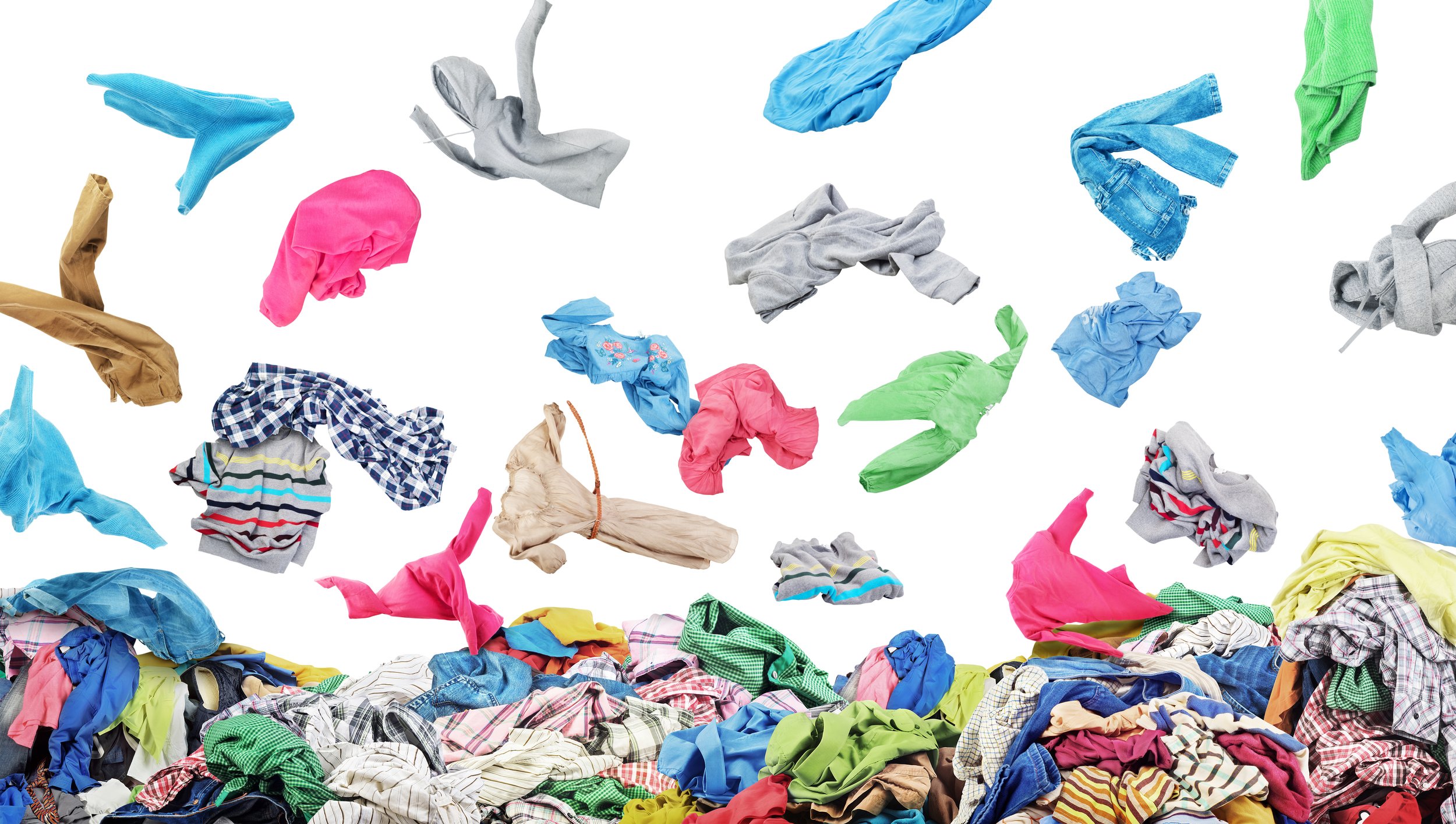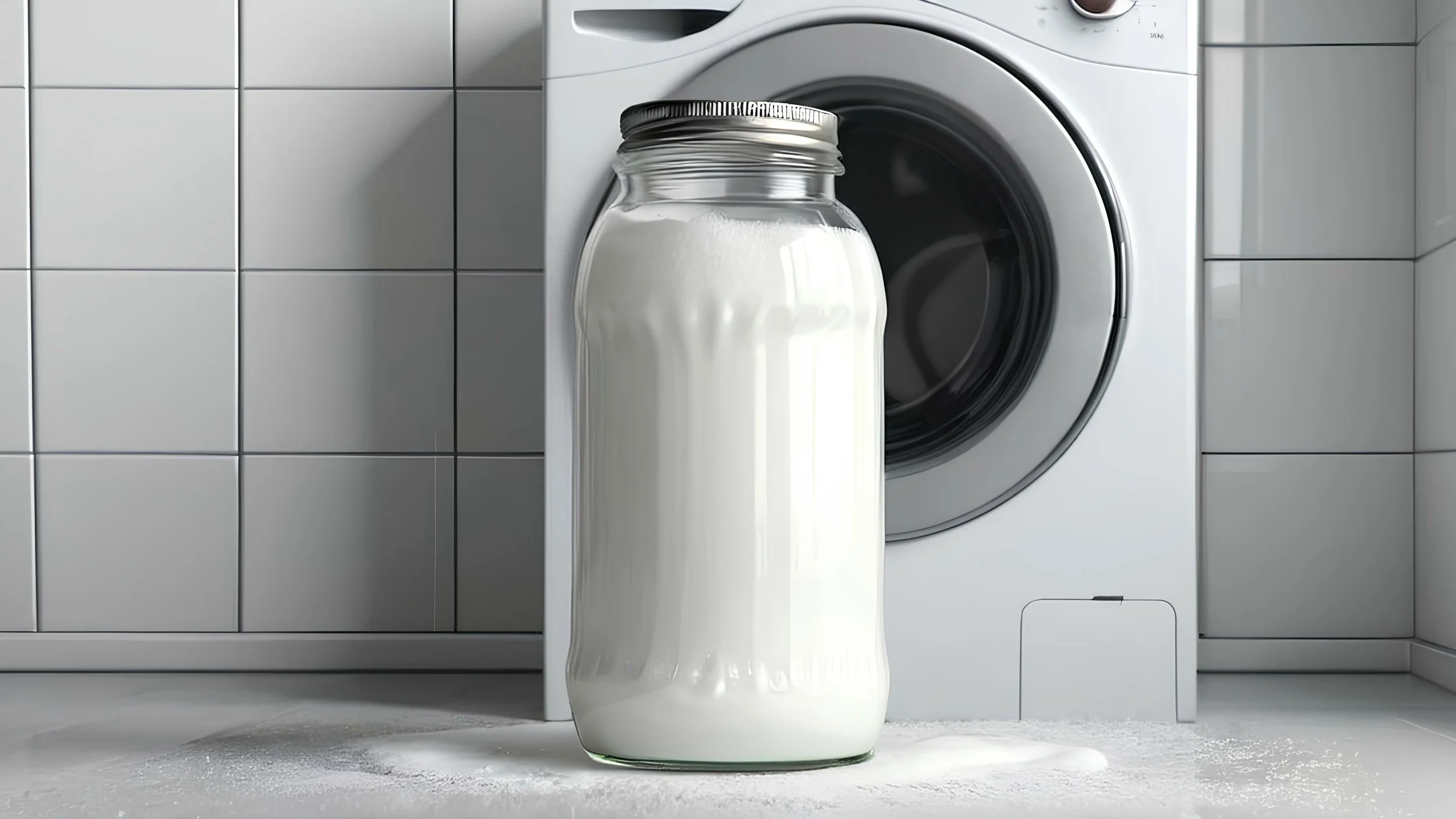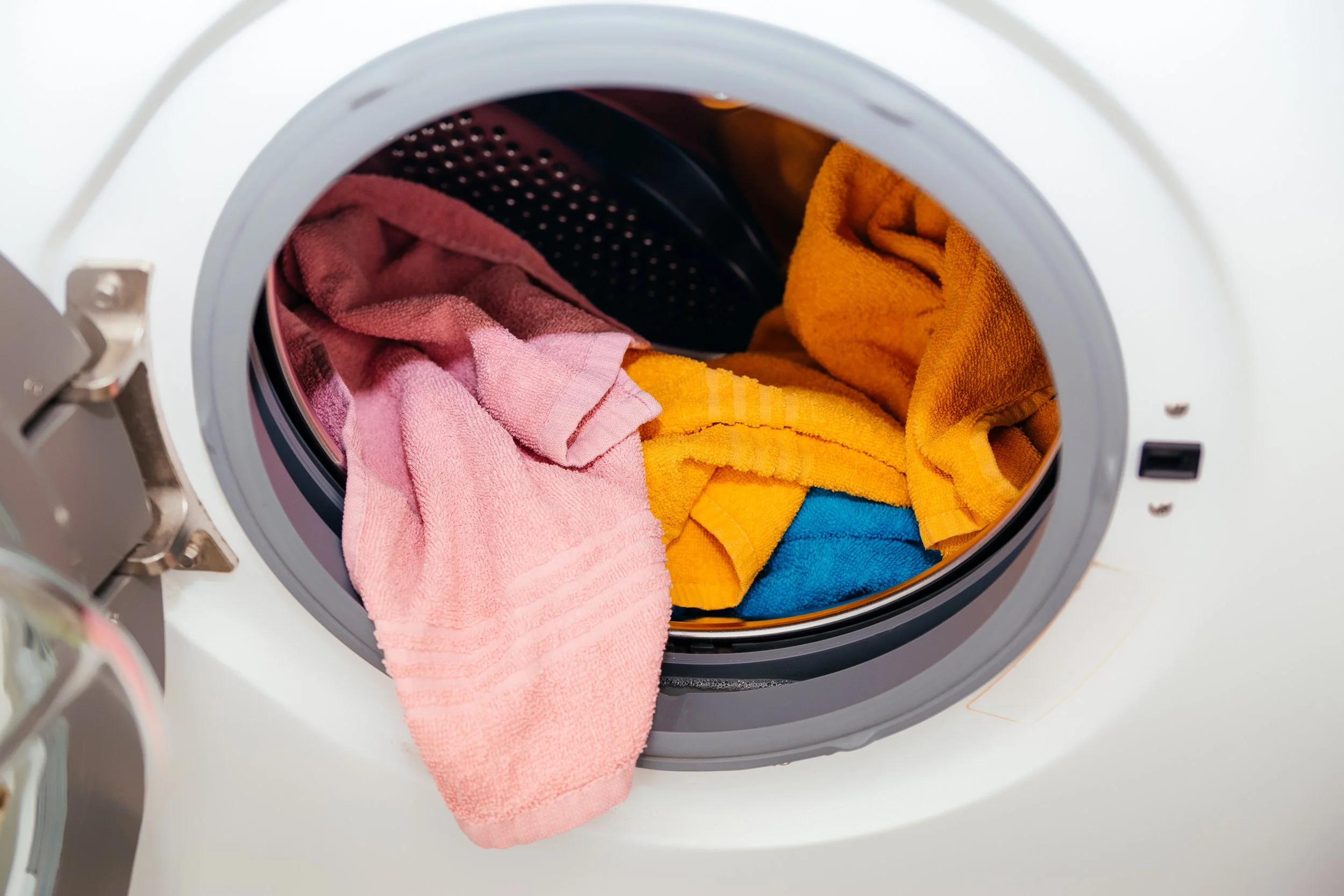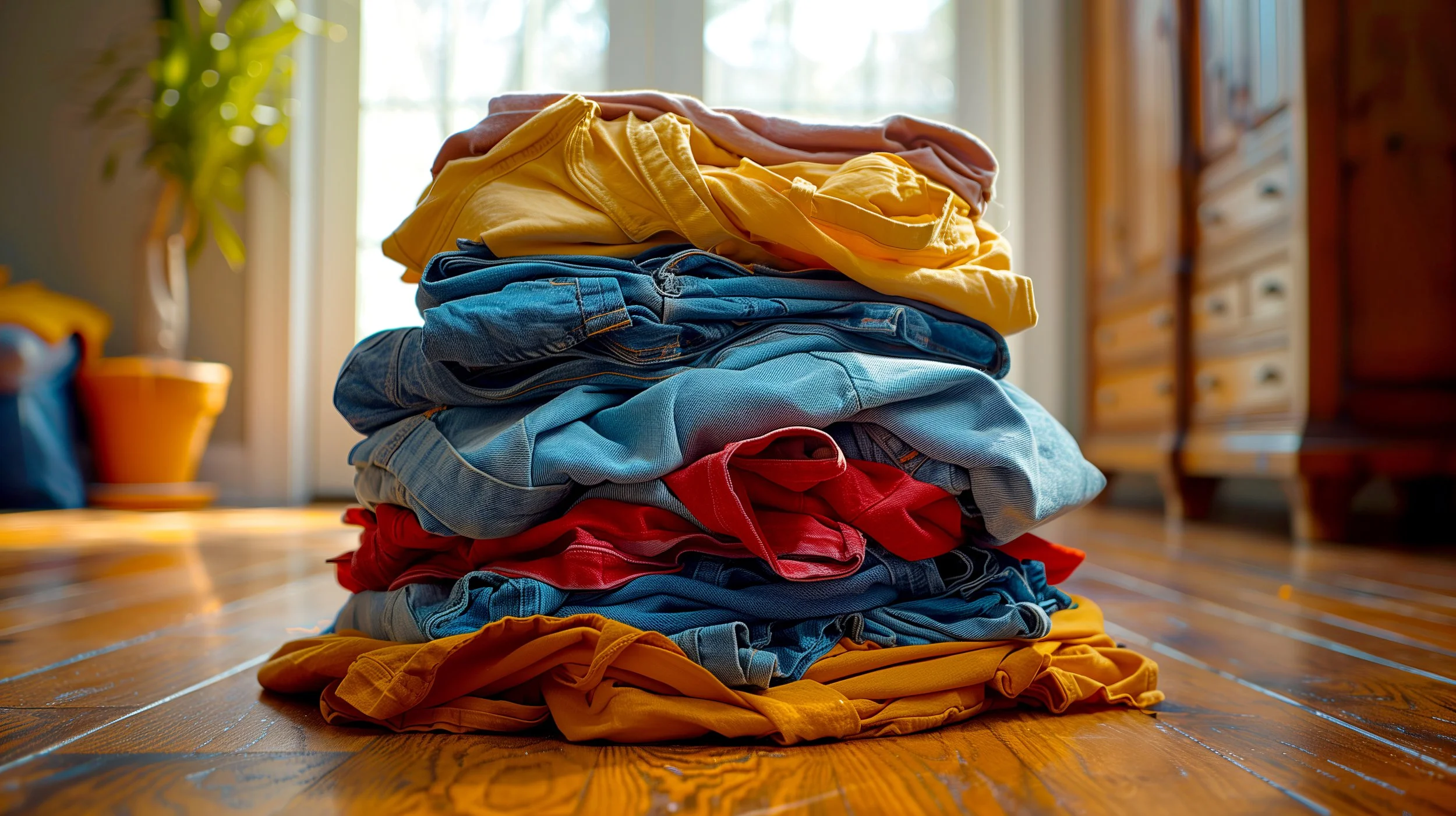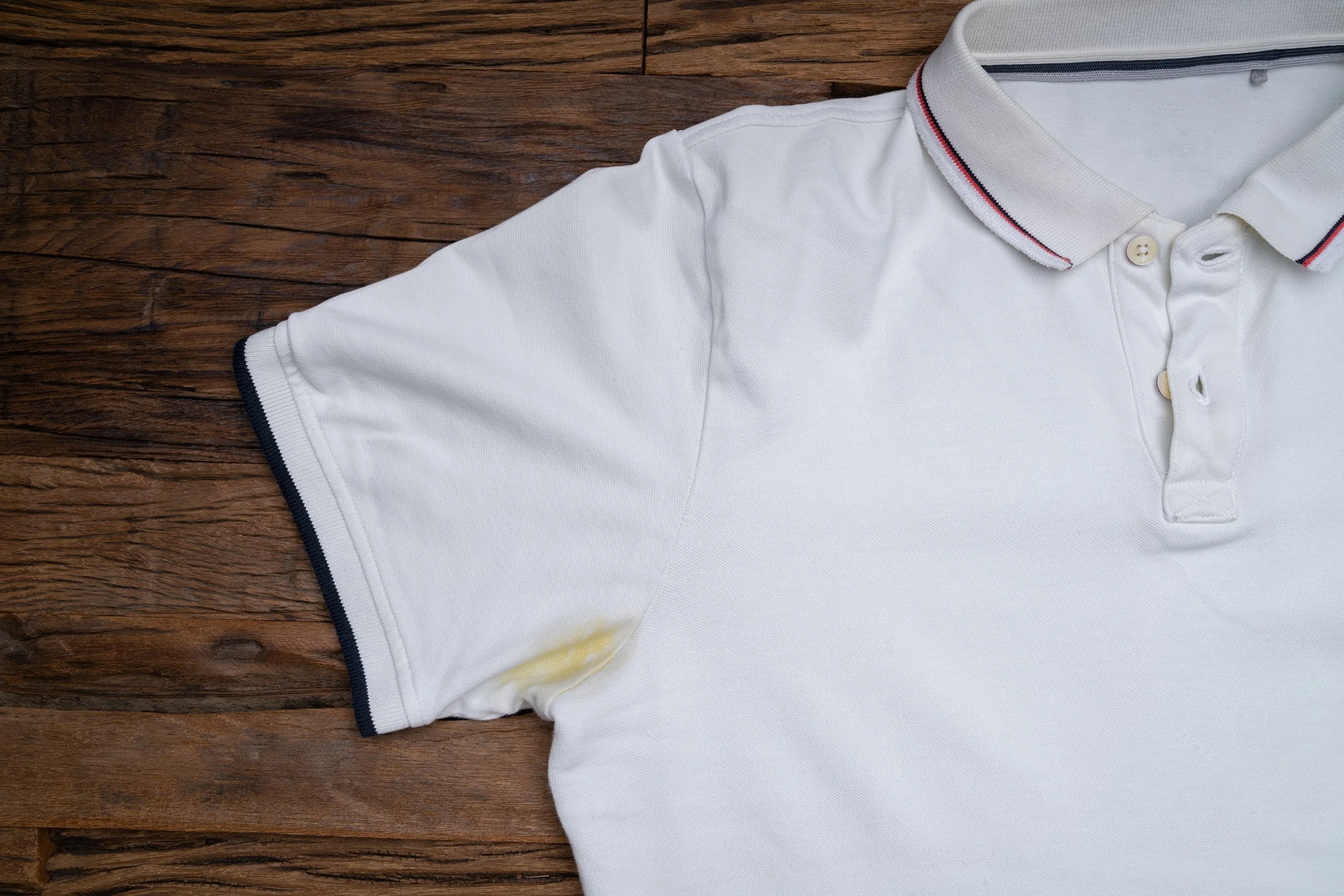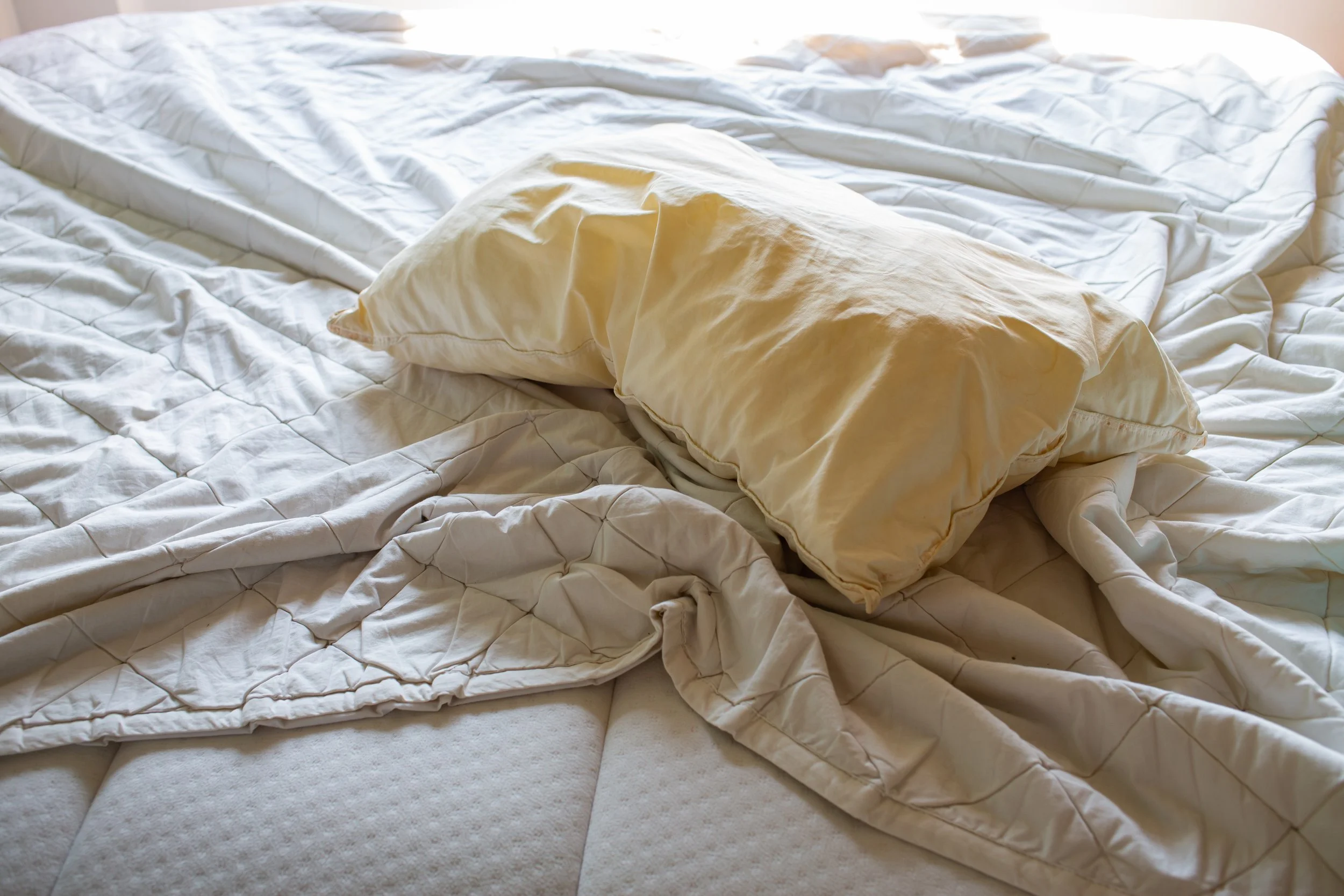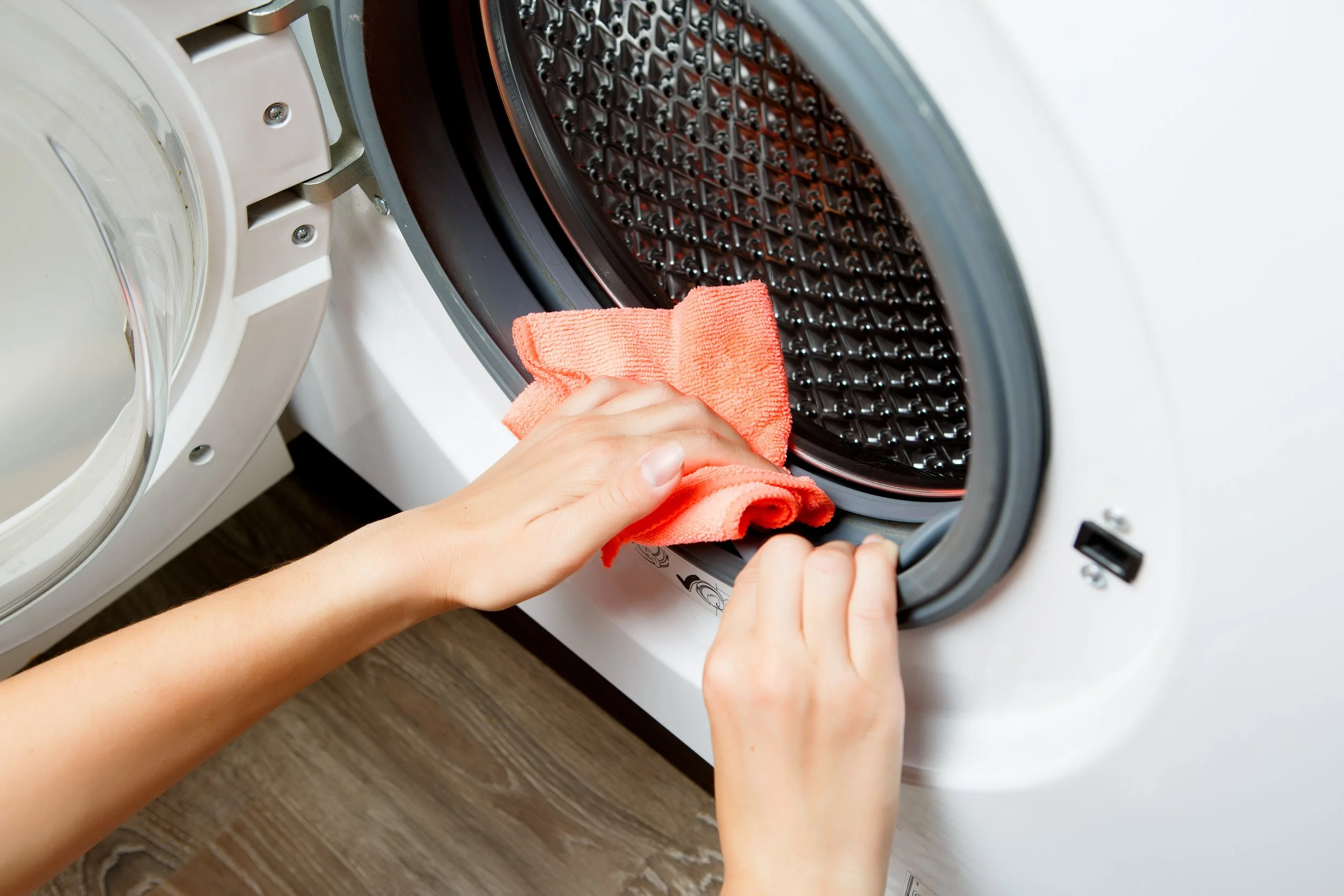Completing a round of laundry successfully is no easy feat, especially if you’ve got a large household to contend with. While some people prefer to go rogue by throwing everything into the drum and hoping for the best, this method can present some significant challenges.
In this blog, we’re here to answer the age-old question – is it important to separate my laundry? We believe it is, so keep reading to find out why.
Why Is It Important to Separate My Laundry?
If you’re eager to keep your sheets, clothes, and towels feeling store-fresh, separating your laundry is one of the key ways to achieve it. Different materials and colors wash best at different temperatures and react to a variety of laundry products. Keeping them separate allows you to provide the optimum conditions for a successful and problem-free wash.
Some of the problems that can occur if you don’t split up your load include:
Color loss and leakage
Shrinkage or unnecessary stretching
De-threading and fabric damage
How Should I Separate My Laundry?
Separating laundry doesn’t have to be complicated, as long as you follow a simple set of fundamental rules created by laundry experts. Before you start frantically googling ‘laundry service near me’ or seeking out your local professionals, read our top tips.
Always Read Care Labels First
Picture the scene. You’ve bought an incredible new jumper, and within the first few minutes of wearing it, you’ve already dribbled soup down your front. Instead of reading the care labels first, you panic and throw it into the drum along with your daily linens.
We’ve all been there – and we all know what a colossal mistake it can be. The jumper comes out perfectly sized for a toddler, and you’re naturally left feeling a little foolish. That’s why reading the care labels in your clothing is so important. Once you’ve established what conditions your garments can survive, you can group them based on those recommendations.
Separate By Type
Splitting up your laundry based on type is a very effective way of avoiding fabric damage. Sheets, towels, and clothing all wash best in different conditions, not to mention all of the sub-types under those categories. Delicate materials like lace wash best either by hand or in a cool wash, while cotton can undergo much higher temperatures.
Once you’ve read your care labels, we recommend dividing your load up into:
Bedsheets and linens
Bathroom and kitchen towels
Heavy clothing (jeans and sweats)
Lighter clothing (tees and thinner materials)
Delicates (underwear)
Separate By Color
Color is a crucial factor to take into account when separating your laundry. Items like dark jeans or colored sweatshirts are often over-dyed in the production process and leak out as soon as they hit the water. It only takes the tiniest hint of red to turn a white t-shirt pink, so be cautious when you’re dividing everything up. Keep whites in a pile of their own, and separate by lights and darks.
Darks: Black, navy, purple, dark green, red, pink (and any other dark colors or patterns)
Lights: Pastel shades, yellow, light green (and any other light colors or patterns)
So, that’s everything you need to know about why it’s essential to separate your laundry and how to achieve it successfully. If you’re stuck for time and need professional guidance, we’ve got you covered. Visit WaveMAX Laundry today to discover your local laundry experts and enjoy drop-off, wash and fold plus so much more!

